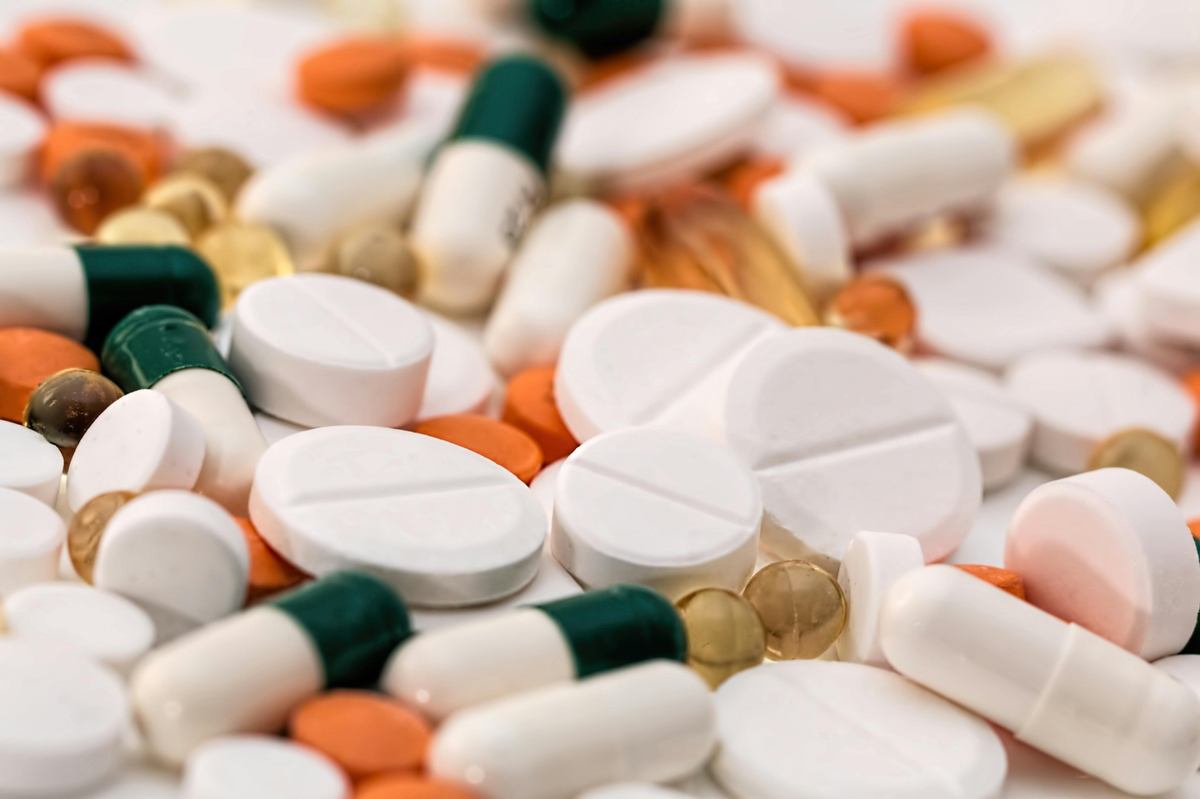If 2023–2024 were the years people learned how to say Ozempic and Wegovy, 2025 is the year we’re discovering what life on GLP-1 drugs actually feels like. What started as a clinical fix for diabetes and obesity has turned into a full-blown culture shift—touching dinner plates, grocery aisles, date nights, and even movie theater ads. The headline benefit is clear: these medicines quiet constant “food noise,” help many people lose significant weight, and can improve markers tied to heart and metabolic health. But the real story—the human story—is how much else changes when appetite drops and habits rearrange themselves.
Talk to people using GLP-1s and you hear a new kind of quiet. Cravings fade; the 4 p.m. snack run stops feeling inevitable. That calm can be a relief—and a disruption. Several users describe unexpected ripple effects in their relationships and routines, including shifts in libido. Some report feeling more confident and present; others say desire dulled alongside appetite. Early survey data suggests the experience is mixed—libido increases for some and dips for others—reminding us that bodies don’t read press releases; they react in personal, sometimes messy ways.
The Times
Zoom out and the food world is already adjusting. With millions eating smaller portions and skipping sugary treats, major brands are reformulating, resizing, or racing to launch higher-protein, lower-calorie options. Analysts now talk about GLP-1s the way they once talked about energy drinks or plant-based meat—an external force reshaping shopping carts. Whether you’re on medication or not, you’re likely to notice the shift: more “satiety” labels, more fiber, more protein-packed snacks at checkout. It’s a fascinating feedback loop—medicine changing behavior, behavior changing shelves.
Food Dive
The pipeline is accelerating, too. Drugmakers are testing oral versions to replace weekly injections, a move that could bring more people into the fold and normalize GLP-1 use the way statins and blood-pressure meds once did. Lilly’s orforglipron—an experimental pill—has shown promising trial results and is being positioned for global markets where patients prefer tablets. Convenience isn’t just a feature; it’s how a therapy becomes a lifestyle.
But the lifestyle piece is also where the warnings live. Doctors have begun stressing that what you lose matters as much as how much you lose. If appetite falls and protein stays low, you risk losing muscle along with fat. That’s not vanity; muscle protects metabolic health. The smartest GLP-1 plan looks suspiciously like old-fashioned wellness: anchor each day with protein (think eggs, Greek yogurt, tofu, fish), lift something heavy a few times a week, and keep walking—especially on days when food feels unappealing. Pair the medication with habits that make you stronger rather than smaller. (Public-health agencies are sounding parallel alarms about ultra-processed foods in general—easy calories that undermine long-term health—so the “protein + fiber” mantra helps whether you’re on meds or not.
Mental health deserves equal airtime. For many, GLP-1s reduce the mental static that surrounded eating; anxiety eases when every meal isn’t a battle. For others, the shift exposes new questions: Who am I without food as comfort? What fills the space when the chase is quiet? Psychologists urge patients to expect emotional adjustments and to build support—therapy, community, honest conversations with partners—into the plan. Weight changes quickly; identity takes longer.
American Psychological Association
Here’s the impact that matters most: these drugs can be a lever, not a life. They create a window where change is easier, and what you do with that window determines whether the benefits last. The people who seem happiest a year in aren’t just lighter; they’re sturdier. They sleep better. They move more. They cook a few simple meals on repeat. They treat the prescription like a seatbelt—not the car. And they keep their doctor in the loop about side effects, from nausea to mood shifts to sexual health, because small tweaks (dose timing, protein targets, resistance training) often solve big problems.
American Psychological Association
None of this is hype or doom. It’s a new phase of everyday health unfolding in real time. Food companies are learning, clinicians are refining guidance, and patients are writing the playbook on living well when hunger finally goes quiet. If you’re considering a GLP-1, ask about the whole plan—nutrition, exercise, mental health check-ins—not just the prescription. If you’re already on one, remember: the goal isn’t simply to eat less. It’s to live more.
Image credit: Pexels – Pixabay









